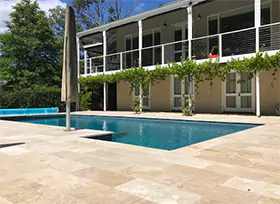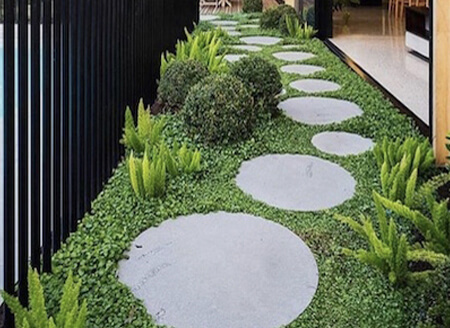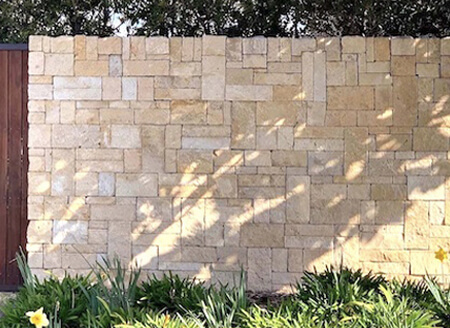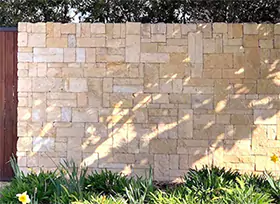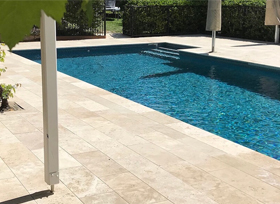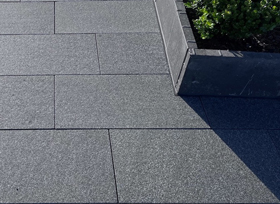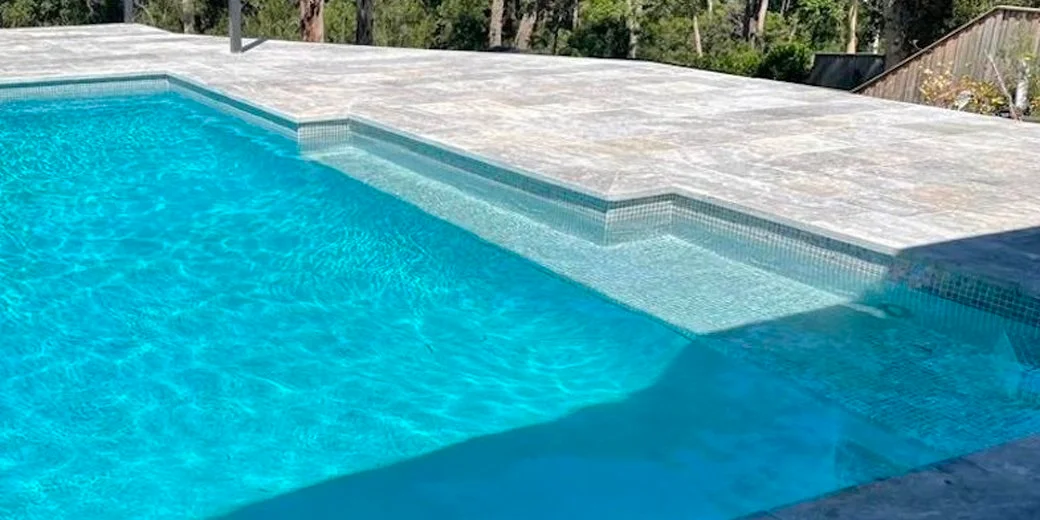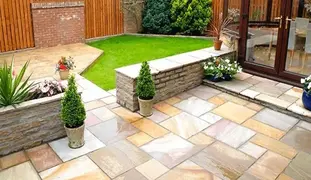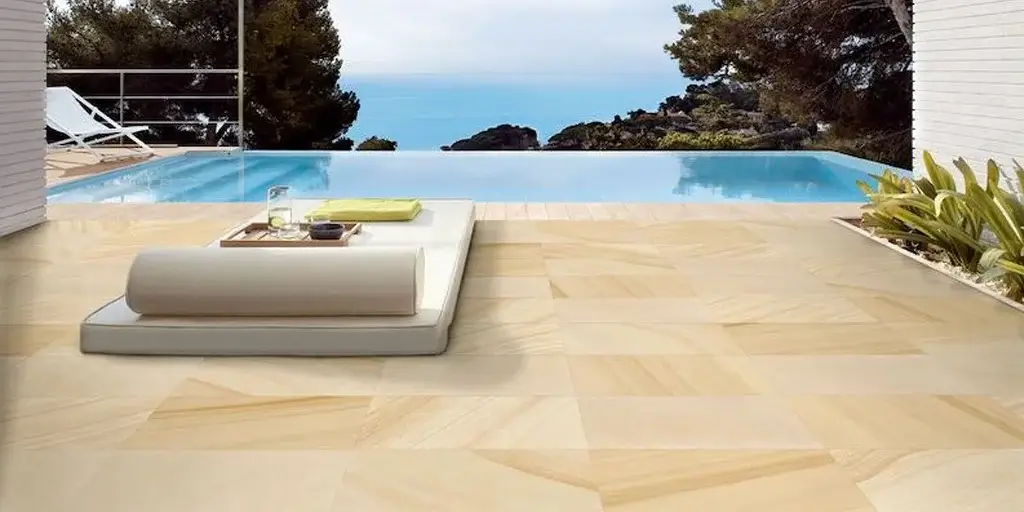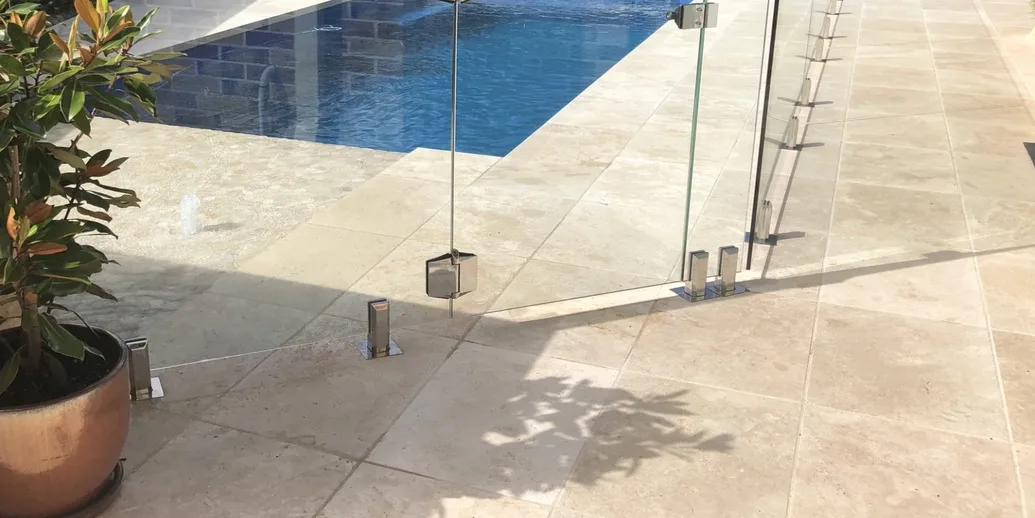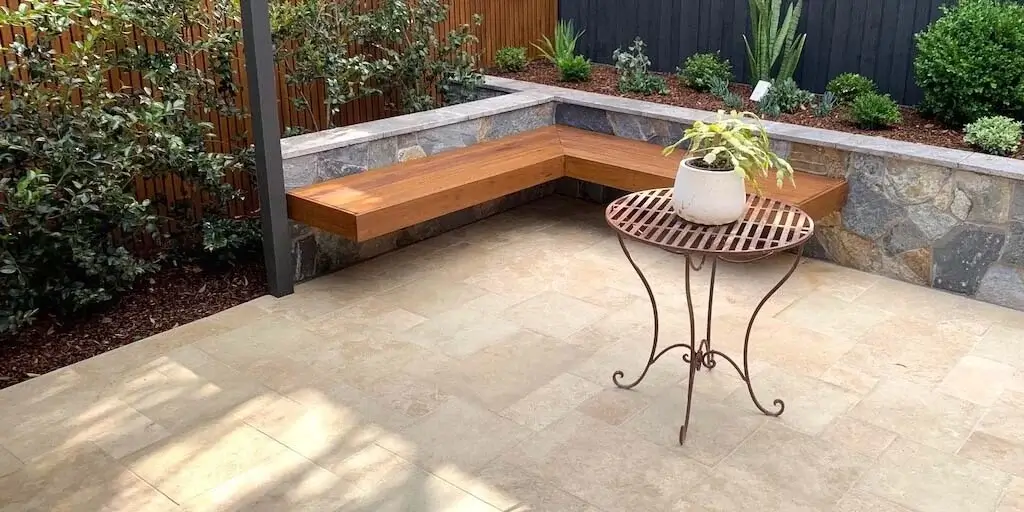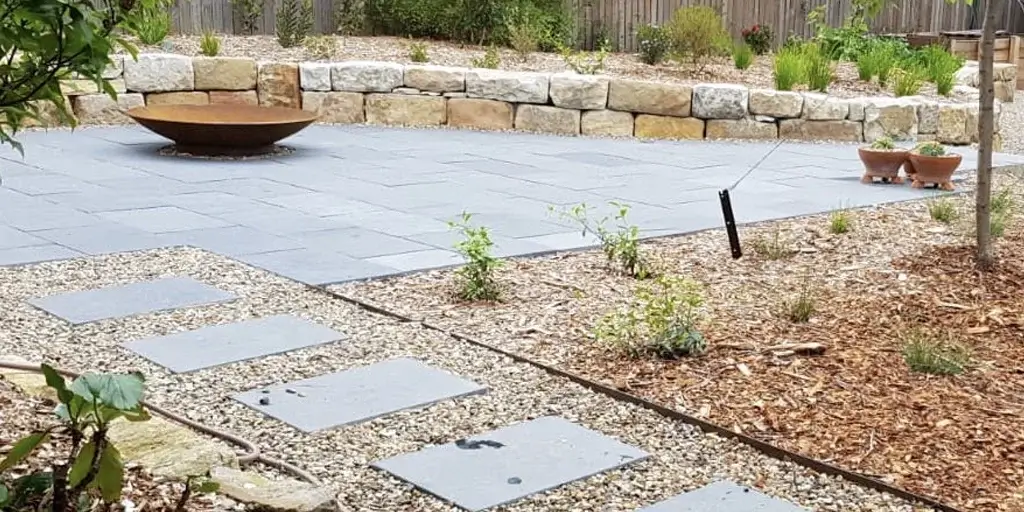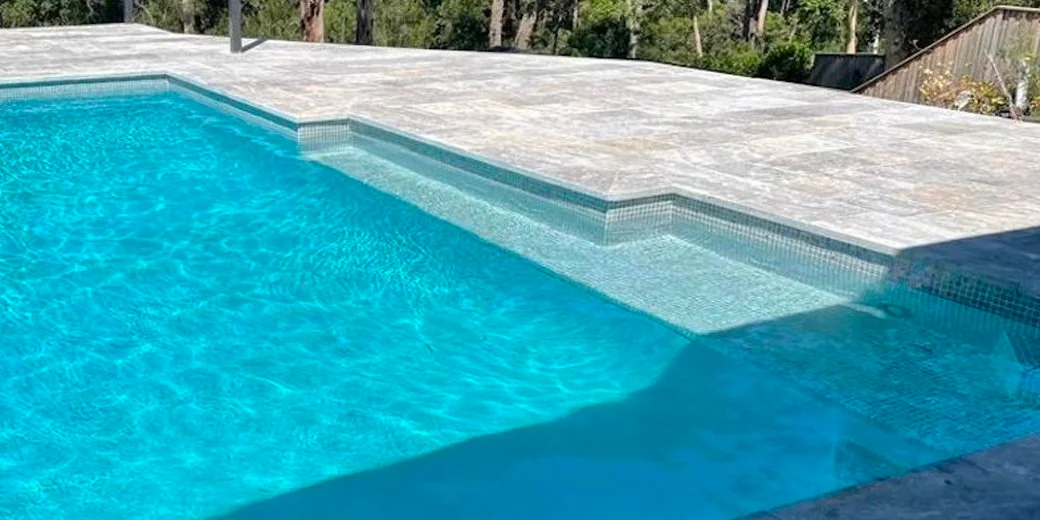If you are planning to build or renovate a pool, you may have heard the term “pool coping.”
It is an essential component of an inground pool building. Essentially, it is the edge that surrounds the pool. It not only enhances the overall beauty but also acts as a protective barrier between the pool and its surroundings, including the yard, pool house and exterior drains. With various materials and styles, you can discover the ideal pool coping to fit your design vision and budget.
Here’s an overview of the importance of pool copings, types and maintenance tips.
Importance of Pool Copings
It protects against water-related damage: The pool coping protects both the pool’s wall and shell. It prevents water from seeping into the back of the pool and protects it from harm.
In addition, pool coping helps to direct the flow of water. As a result, water is diverted away from the pool and into the sewers. Water splashes and drips may collect near the pool’s edge, but the pool coping keeps the water from leaving the in-ground pool.
It improves overall safety: Pool coping increases the safety of in-ground pools, especially when anti-slip materials such as granite paver stones are used. Water is bound to splash and cover the pool’s sides. Therefore, high-quality pool coping is essential for safety. Using the right pool coping can make the pool’s edge less slick and safer to enter and exit.
Pool coping keeps debris from creeping in: The pool may contaminate residues such as dirt, leaves, and grass. However, coping skills can help to avoid this from happening. Grass clippings and other debris will be pushed towards the drain deck using proper pool coping rather than entering the water drain.
Natural Stone Pool Coping Options
When creating stronger and more attractive pool coping, natural stone reigns supreme. Because India is a top natural stone supplier, numerous pool coping exporters sell high-quality items to importers and purchasers worldwide. The most popular natural stones for pool coping production are:
Sandstone: Sandstone pool copings have a very uniform texture, colour, and grain. This sedimentary rock is well-known for its exceptional hardness and natural beauty. This stone is suitable for pool coping due to its smoothness, resistance, and anti-slip properties. It is an adaptable material that is readily obtainable in various designs and colours.
Granite: Granite is an excellent material for poolside situations. Its flamed surface, non-slip properties, and aesthetic appeal are ideal for modern buildings. Furthermore, its high density makes it a popular pool paver. This natural stone is commonly used for pool coping because of its exceptional endurance and ability to survive the harsh surroundings of a pool environment.
Limestone: Limestone offers both strength and unrivalled beauty. These materials are among the most widely used in the world, and they are well-known for preserving their shape when subjected to various conditions. It looks well outside due to its earthy tone. They can handle heavy traffic as well.
Travertine: Travertine is a natural stone that comes in a variety of colours. It is also non-slip and cool to the touch. Travertine is an excellent material for pool coping because of this. Travertine is also extremely durable and weather-resistant, with non-slip properties. It is a versatile natural stone to use because it comes in various designs and colours.
Maintenance Tips for Natural Stone Pool Copings
- Routine Cleaning: The first step is to do regular cleaning. It helps to remove dirt, debris and pool chemicals. You’ll need to sweep or clean the pool coping tiles regularly. You must use non-abrasive cleaners when you want to go for deeper cleaning.
- Prevent Mould and Algae: We generally notice that mould and algae growth are common near any wet place. If you want to stop them from growing, you must apply an algaecide. You can consult your manufacturer for the same.
- Fix Chipped and Cracked Tiles: Check the pool coping tiles for chipped or cracked spots. To stop additional damage, replace or fix broken parts right away.
- Pressure Washing: To clean the surface, use a pressure washer regularly. Use caution while applying pressure because too much force can harm the pool coping tiles.
- Repeal as Necessary: Reapply a sealer when the manufacturer advises that the current sealer is wearing off. The longevity and aesthetic appeal of the pavers or tiles can be preserved with proper sealing.
- Frequent Examinations: Regularly check your pool’s surroundings to identify problems early. This entails quickly fixing any loose or shifting tiles that are found.
Final Takeaway
Depending on the type of stone you want for pool coping, pick from our range of durable and slip-resistant ones. If you want to add cool tones to your pool area, we recommend Silver Travertine, which is available in an unfilled, honed and tumbled finish. However, if neutral or beige shades compliment your space, go for Sunrise Gold Sandstone or Classic Travertine unfilled and Honed.
Undoubtedly, Pool Copings are of utmost importance for your pools. Just keep in mind the properties and colour variation while selecting the natural stones.
*Disclaimer: All information and advice given above in the blog are to the best of our knowledge. Please reconfirm at your end before execution.



